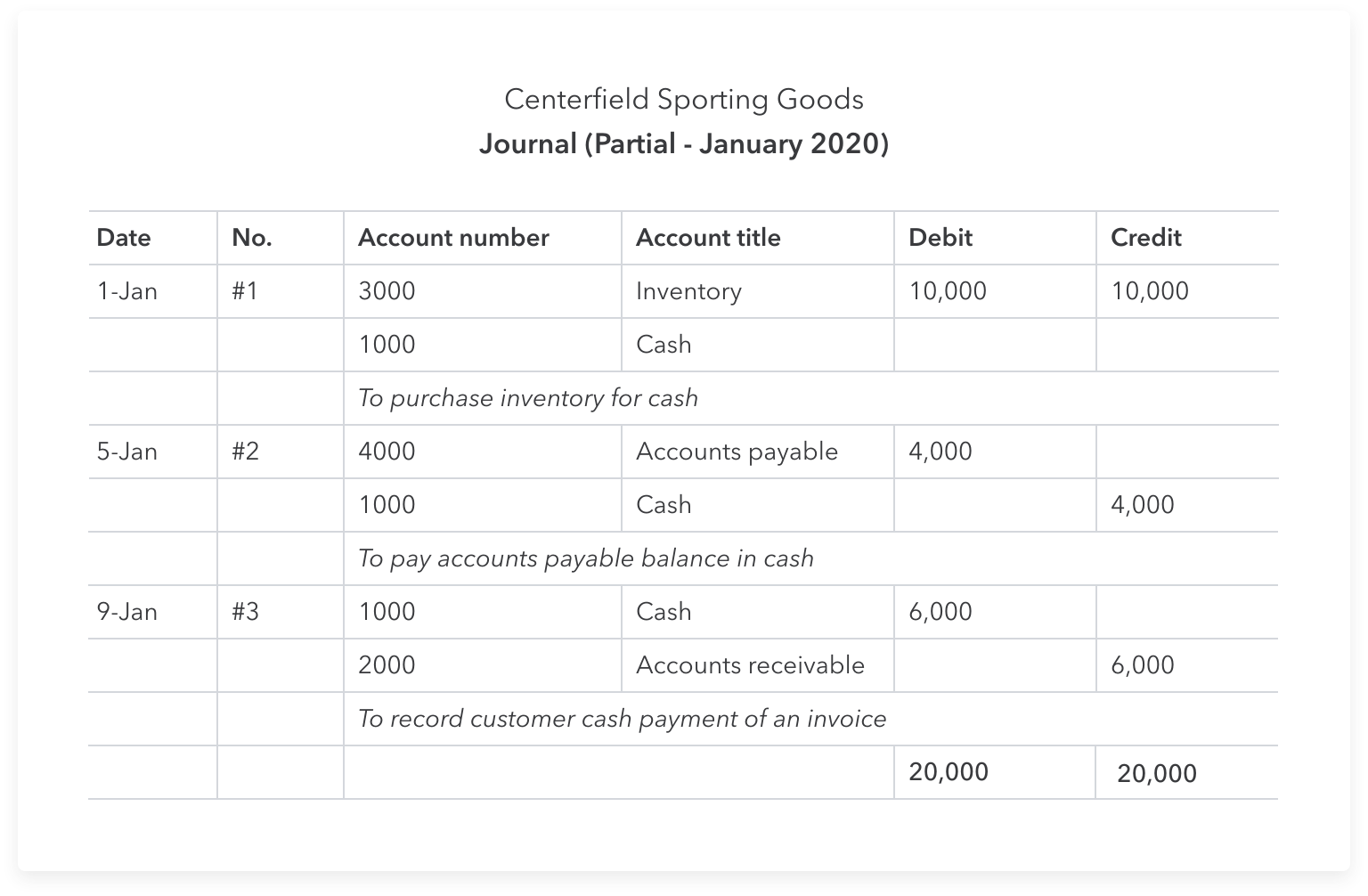
The balance of inventory would be inventory still held by the consignee. The consignee sells the consigned inventory on behalf of the consignor. the 12 best free invoice templates for designers The debit entry is made to the personal account of the consignor and represents the owed by the consignor to the consignee.
He has worked as an accountant and consultant for more than 25 years and has built financial models for all types of industries. He has been the CFO or controller of both small and medium sized companies and has run small businesses of his own. He has been a manager and an auditor with Deloitte, a big 4 accountancy firm, and holds a degree from Loughborough University. The selling and commission expenses relate only to goods which have been sold and can be taken direct to the appropriate expense account.
Consignment sales are a trade agreement in which one party (the consignor) provides goods to another party (the consignee) to sell. However, the consignee has the right to return unsold goods back to the consigner. In other words, a consignment sale is an agreement in which a third party is entrusted with selling goods on behalf of the owner. In consignment, the status of consignee is that of a commission agent.

Accounting for consignment stock includes complications that must be managed effectively to ensure accurate books. The party designated on shipment details as the receiver of goods to be delivered is known as the consignee. This entity is liable for settling customs charges as the declared owner of the things. There is a big chance of goods being damaged at the consignee’s location or during shipment, particularly perishable products. The consignee’s carelessness can cause serious losses to the consignor.
His income is the commission which he receives from consignor for the sale of goods dispatched to him. He has no share in the consignment profit because he is not a business owner or partner. Similarly, he is also not responsible for any loss incurred by the consignment business. The journal entry is either to accounts payable or cash credit, depending on the terms agreed with the supplier, and no entry is made by the consignor.
The consignor purchases their inventory and pays for the consignment inventory to be delivered to the consignee. The consignee sells the consignment inventory in return for a 10% commission. It’s especially beneficial for retailers that are unsure of demand for the product. Taking inventory on consignment allows you to offer your customers a larger variety of goods with significantly lower financial risk since you aren’t paying for the inventory until it is sold. Let us understand the advantages of inculcating a consignment accounting format in a business through the points below.
However, if the consignor had transferred the goods to a temporary consignment inventory account, it must reverse the accounting treatment. When the consignor sends goods to the consignee, a journal entry is not needed. However, when the consignee sells the goods received, they pay the consignor a predetermined sale amount.
The individual selling the goods is the consignee, while the provider of the goods is the consignor. The two parties make a consignment agreement, stating that the consignee will sell the goods for consignor. The consignee will take a fee for this, while the consignor will retain ownership of the goods while they are unsold. Normally, there is a specific consignment period that is established. This period of time is how long the consignee will attempt to sell the goods for the consignor. In Consignment, goods are left in the hands of an authorized third party called the consignee for sale on behalf of the consignor.
He may however, keep the record of goods received in a separate book known as consignment inward book. The relationship between consignor and consignee is that of the principal and the agent. So entire profit or loss belongs to the consignor and consignee receives the commission as his remuneration. Eric is an accounting and bookkeeping expert for Fit Small Business.
These two parties enter into a consignment agreement in which the consignee agrees to sell the items on behalf of the producer. The consignor pays the consignee for this service, but the consignor maintains ownership of the items while they remain unsold. Consignment is a good business model if you want to expand your retail business by being a consignee.
As mentioned, the consignor must use two double entries to record the transaction. The first journal entry used to record the sale proceeds is as follows. On the other hand, if the consignee fails to sell all the goods transferred, they will return those goods to the consignor. In that case, the consignor doesn’t need to pass any double entry since the risks and rewards stay the same.
